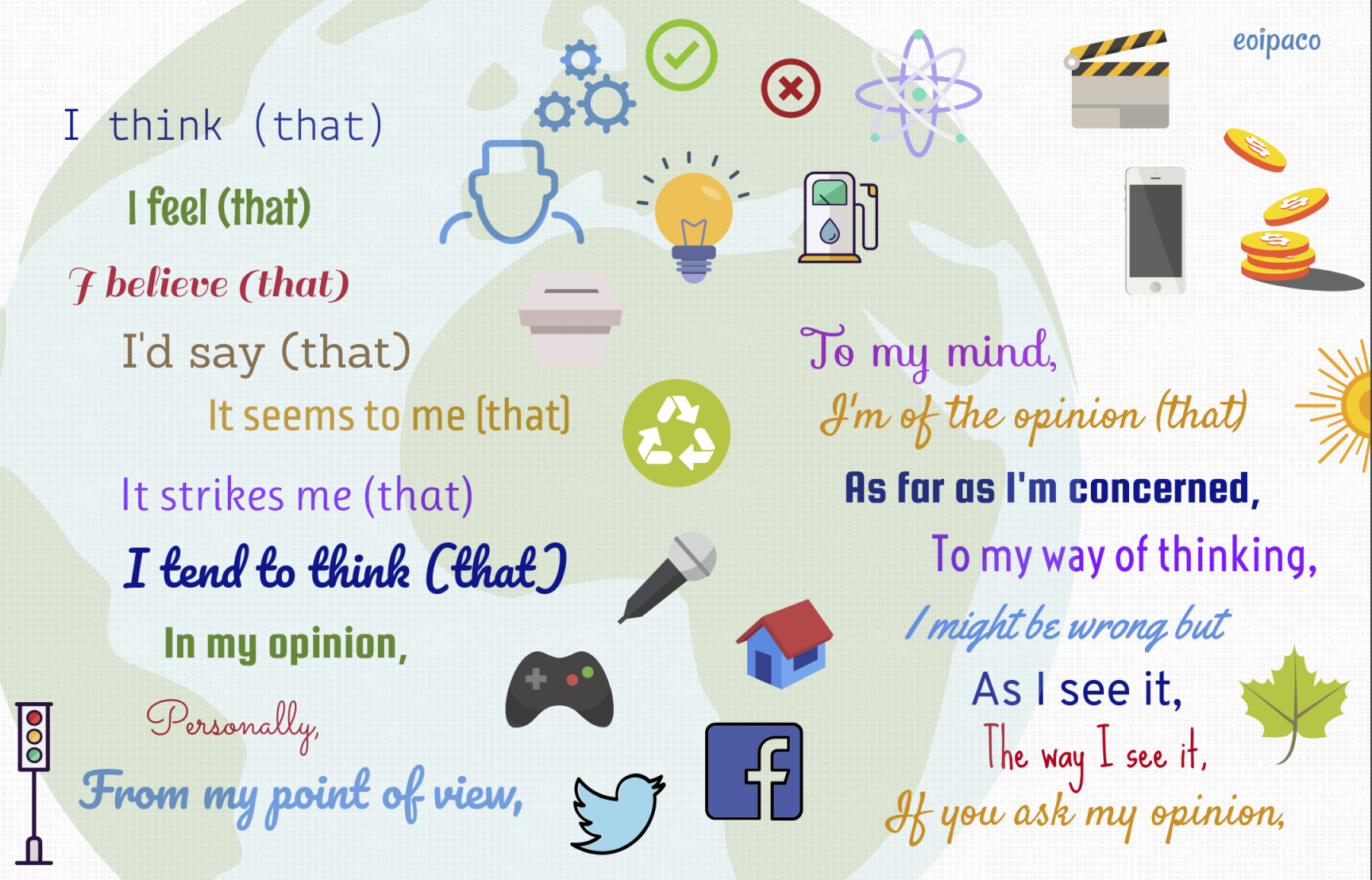Being able to distinguish between fact and opinion is an important skill for both reading and listening comprehension, especially as students delve into the complexities of a new language.
As students begin to learn the English language, they will be able to spot that difference in no time and go on to share their own opinions, as well as recognize those of others in classroom activities. We've rounded up a selection of worksheets that focus on just that - sharing opinions through things like healthy debate and conversation exercises.
Take a peek at each of these resources, and download the ones that fit your needs to use in your classroom. There are activities for all levels, from complete beginner to adult learner. And if you want even more activities and resources, browse our Opinions Library.

Engaging ESL Worksheets for Sharing Opinions
-
1
Countries - Fact or Opinion?
For beginner ESL students, learning to tell the difference between a fact and an opinion is the first step. This worksheet gives elementary-level learners practice with differentiating the two. They will simply read sentences about different countries and determine whether it is a fact or opinion. You can even use this activity after first introducing the topic. In a similar vein, we also love this resource for giving opinions about vehicles. Or if space is something that gets your students excited, not try this Astronomy-themed resource
-
2
Debate Topics 1
For more advanced students, debates offer an exciting opportunity to share opinions. This exercise presents students with a handful of controversial yet age-appropriate topics for them to share their opinions about. Some of these questions include "Should there be any zoos in the world?" and "Are school uniforms a good or bad idea?" This is a written activity, but you can also use it as a starting point for an in-class debate. It can also be adapted to fit multiple levels of experience. For more relevant topics, check out Debate Topics 2 and Debate Topics 3.
-
3
Teenagers sure do like to share their opinions, but when it's in a second language, it's not always the easiest thing to do! This worksheet is practice for pre-intermediate to upper-intermediate students who are learning to express how they feel about certain subjects. The worksheet starts by giving students examples of expressions and statements to use when giving an opinion, followed by a list of opinionated statements. You can execute this activity by having signs around the room that say "Strongly Agree," "Agree," "Disagree," and "Strongly Disagree." Read the statement out loud and have the students navigate to the sign that corresponds to their feelings about the subject. Another fun way to get students talking is to have them give opinions about inventions. This has the added challenge of using past tense while expressing opinions. If you're looking for a writing exercise, this is a useful resource for essay writing and opinion. A great presentation to include in this lesson is this one that teaches positive and negative statements.
-

-
4
"I think" is extremely overused in the English language to express someone's opinion. Because of its simplicity, your ESL students will likely default to that phrase when sharing how they feel about something, but this worksheet will help them expand their repertoire with18 new ways to express what they think about a subject. Students can reference this resource during discussions, debates, and writing assignments. It's catered toward more advanced students, though teachers can adapt it to fit their curriculum for younger students. For something else, you can also check out these Opinion Speaking Cards, where you can divide students into pairs or small groups and share opinions about food, the future, and language, to name some.
-
5
Give Opinions
It is important for students to feel confident sharing their opinions, and this worksheet helps give them practice doing so. The worksheet includes a mix of lighter topics like "Facebook should only be used by university students and adults," to more serious ones like "Video games lead to youth violence." It's a good idea to plan a lesson about how to share opinions prior to giving them the worksheet so they have an idea of how to effectively structure their attitudes and thoughts about these subjects. For example, giving an opinion is most impactful when it is backed up by facts and personal experience. If you want to dive into something controversial and powerful for older or more advanced students, you can consider using this one on Capital Punishment.
-
6
Do You Agree?
If you're teaching more advanced ESL students, you've got to download this resource. It's a fully mapped-out lesson plan for teaching opinion and debate. The first page gives thorough instructions for the teacher to follow, including ways to introduce the topic, tips to give students on speaking about their opinions, and activities to use as a warmup before diving into the main exercises. On the following pages, there are speaking activities students will complete, like sorting expressions into categories (agreement, disagreement, eliciting opinion, and giving opinion). The next activity provides a list of prompts, and students will need to share whether or not they agree with the statements and why. There are also vocabulary charts the class can use to get familiar with new terms.
-
7
There's no shortage of people giving their opinions around the world today, so as your ESL students are learning new topics, there's no better time to have them practice giving their personal opinions. In this simple activity, students will review different ways to say how they feel about a topic, such as "I'm quite convinced that [subject] + [verb]" and "To be quite honest/frank [subject] + [verb]." There are also more detailed tips on how to construct an impactful opinion statement. This is an extremely helpful resource for pre-intermediate level students!
-
8
As your ESL students become more comfortable with the language, you can start introducing more complex subjects like giving and asking for opinions. This resource highlights several ways someone can go about giving their opinion, agreeing or disagreeing with a statement, and expressing doubt or uncertainty. Then, it shows an example conversation between two people who disagree on a subject and how to appropriately communicate that. In the last section, students will need to share their opinion about a particular topic. It can be one that you provide them, or one they come up with themselves, but it should clearly illustrate their attitudes and beliefs regarding the subject using some of the language introduced earlier in the activity.
- We hope you found some resources that will fit your lesson plans! For more ways to teach sharing opinions, check out these Essential Tips for Conducting a Class Debate. Or, if you want to go beyond opinions and into discussions, check out Beyond Opinion: 3 Ways to Faciliate Discussion for ideas and resources.
P.S. If you enjoyed this article, please help spread it by clicking one of those sharing buttons below. And if you are interested in more, you should follow our Facebook page where we share more about creative, non-boring ways to teach English.







